Mechanisms to motivate knowledge sharing: integrating the reward systems and social network perspectives.
Sheng-Wei Lin and Louis Yi-Shih Lo
Introduction
- Knowledge is a valuable asset for organizations, contributing to competitive advantage and growth, but it often resides within employees and is not easily accessible.
- Effective motivation mechanisms, rather than enforcement, are essential for encouraging knowledge sharing among employees, as supported by social exchange theory.
- This study introduces two motivational mechanisms, the Competitive Benefit Mechanism (CBM) and the Relational-Based Mechanism (RBM), to explore their effects on knowledge sharing.
Research model and hypotheses
- The study suggests that strong social interactions can enhance goodwill and promote knowledge sharing among individuals.
- It proposes a model that integrates both CBM and RBM to understand their influence on knowledge sharing behaviors.
Social exchange theory and the CBM
- The CBM is based on social exchange theory, where knowledge sharing is viewed as a cost-benefit analysis, with individuals motivated to share when benefits outweigh costs.
- This mechanism emphasizes the importance of immediate economic benefits in encouraging knowledge sharing.
Reward systems and knowledge sharing
- Previous research on reward systems has shown mixed results regarding their impact on knowledge sharing, with some studies indicating negative effects.
- This study hypothesizes that reward systems positively influence individual knowledge sharing, proposing that effective rewards can enhance knowledge contributions.
Social capital theory and the RBM
- The RBM extends social capital theory by focusing on interpersonal relationships and the dynamics of social interactions within organizations.
- It posits that relational deposits (helping others) can enhance an individual’s power and access to resources, although the benefits may not be immediately economic.
Relational-based mechanism. Whether an individual can succeed depends on who
- The concept of a relationship account highlights the importance of ongoing interactions in maintaining active relationships, which require time and effort.
- Relational deposits increase an individual’s power advantage, facilitating better access to resources and knowledge within the organization.
Withdrawals from and deposits into the relationship account
- Help ties are crucial for knowledge sharing, as they facilitate communication and resource acquisition among colleagues.
- The study examines how nurses seek and provide help within their networks, emphasizing the importance of network density and centrality in knowledge sharing.
Network and valued network densities
- Valued network density reflects the strength of ties and the control over resources within a network, influencing the likelihood of receiving help.
- Higher network density is associated with more positive knowledge sharing behaviors, as individuals feel a stronger obligation to reciprocate favors.
Network and valued network centralities
- Valued network centrality indicates how peers perceive an individual’s control over resources, which can enhance their role in knowledge sharing.
- Individuals with higher valued network centrality are more likely to be sought after for help, reinforcing their importance in the organization.
Organizational context
- The study focuses on a health-care organization, where knowledge sharing is critical for patient safety and effective care delivery.
- The organizational structure and reward systems are designed to facilitate knowledge sharing among nurses, who rely on each other for professional support.
Subjects and data collection procedure
- The research involved a sample of nurses, as their interrelationships are crucial for knowledge sharing in a health-care setting.
- Data were collected through whole-network questionnaires, ensuring a comprehensive understanding of the knowledge sharing dynamics among nurses.
Measurement of the constructs
- Constructs were measured using validated scales, ensuring the reliability and validity of the findings.
- The study employed a five-point Likert scale for most constructs, with careful translation and review to maintain accuracy.
Independent variable
- The study identifies knowledge sharing as a key factor for career advancement among nurses, linking it to the hospital’s reward system.
- It also examines the social network data to understand the frequency of interactions and the control over resources among nurses.
Dependent variable
- Knowledge sharing behaviors were assessed through self-reported measures, focusing on the willingness to share experiences and resources with colleagues.
- The belief in reciprocal obligation was also measured, highlighting the expectation to return favors in the future.
Control variables
- The study controlled for factors such as identification, shared language, and tenure, which may influence knowledge sharing behaviors.
- Social desirability bias was also considered to ensure the validity of self-reported data.
Data analysis
- The study utilized confirmatory factor analysis to evaluate the measurement model and structural equation modeling to test the research hypotheses.
- The analysis aimed to establish the relationships between the constructs and their impact on knowledge sharing.
Analysis of the measurement model
- The constructs demonstrated good convergent and discriminant validity, indicating that they effectively measure the intended variables.
- The results support the reliability of the constructs used in the study.
Analysis of the structural model
- The structural model revealed significant relationships between the reward system, network centrality, and knowledge sharing behaviors.
- The findings suggest that both CBM and RBM mechanisms play important roles in facilitating knowledge sharing among nurses.
Discussion
- The study found that valued network centrality has a stronger association with knowledge sharing than general network centrality, indicating the importance of resource control.
- It also highlights the role of seniority in knowledge sharing dynamics, with more experienced nurses often acting as knowledge contributors.
Conclusions
- The study acknowledges limitations, including potential biases from self-reported data and the closed network context of the health-care organization.
- It contributes to knowledge management research by emphasizing the importance of both CBM and RBM in understanding knowledge sharing, suggesting that organizations should foster environments that support both immediate and long-term knowledge sharing incentives.
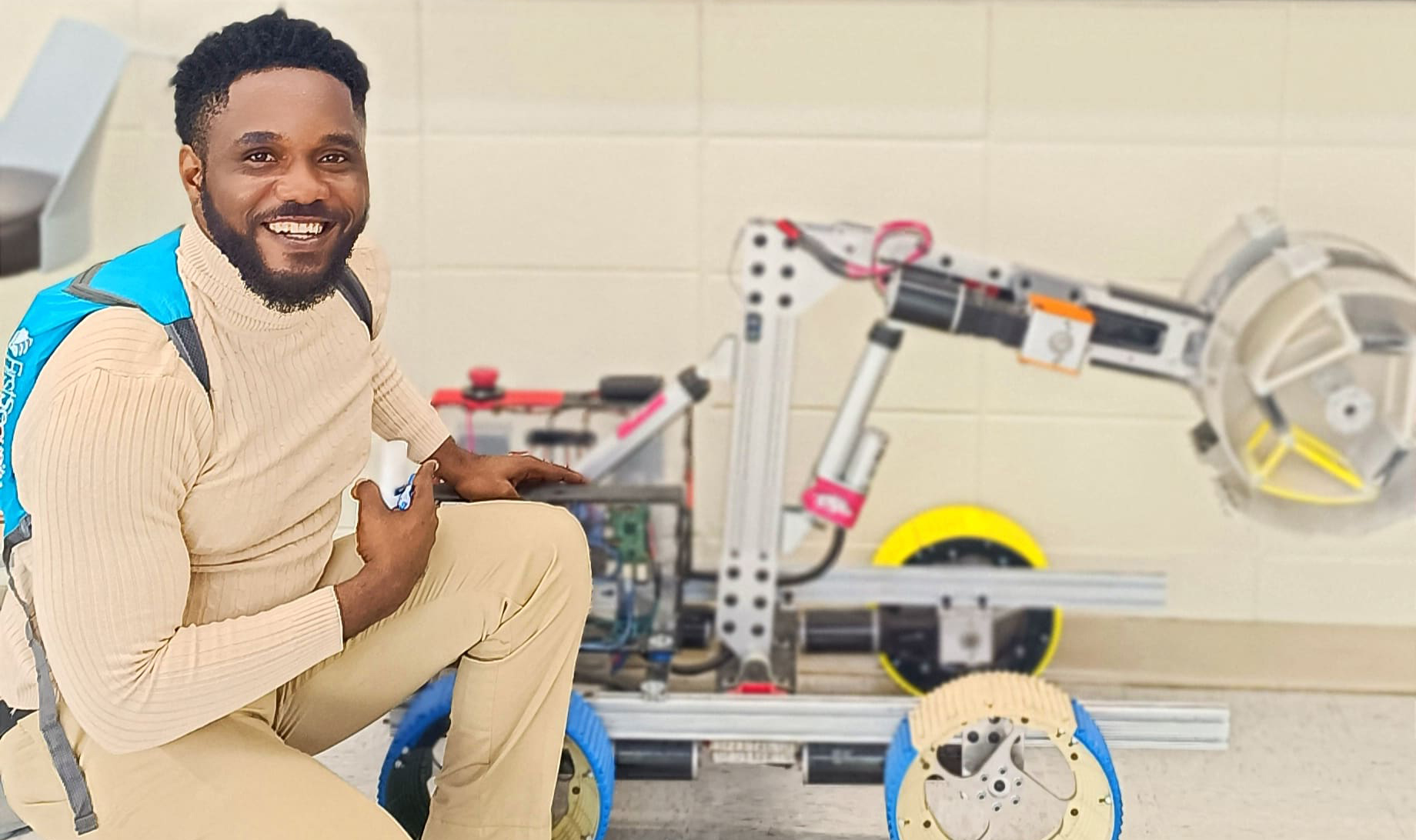

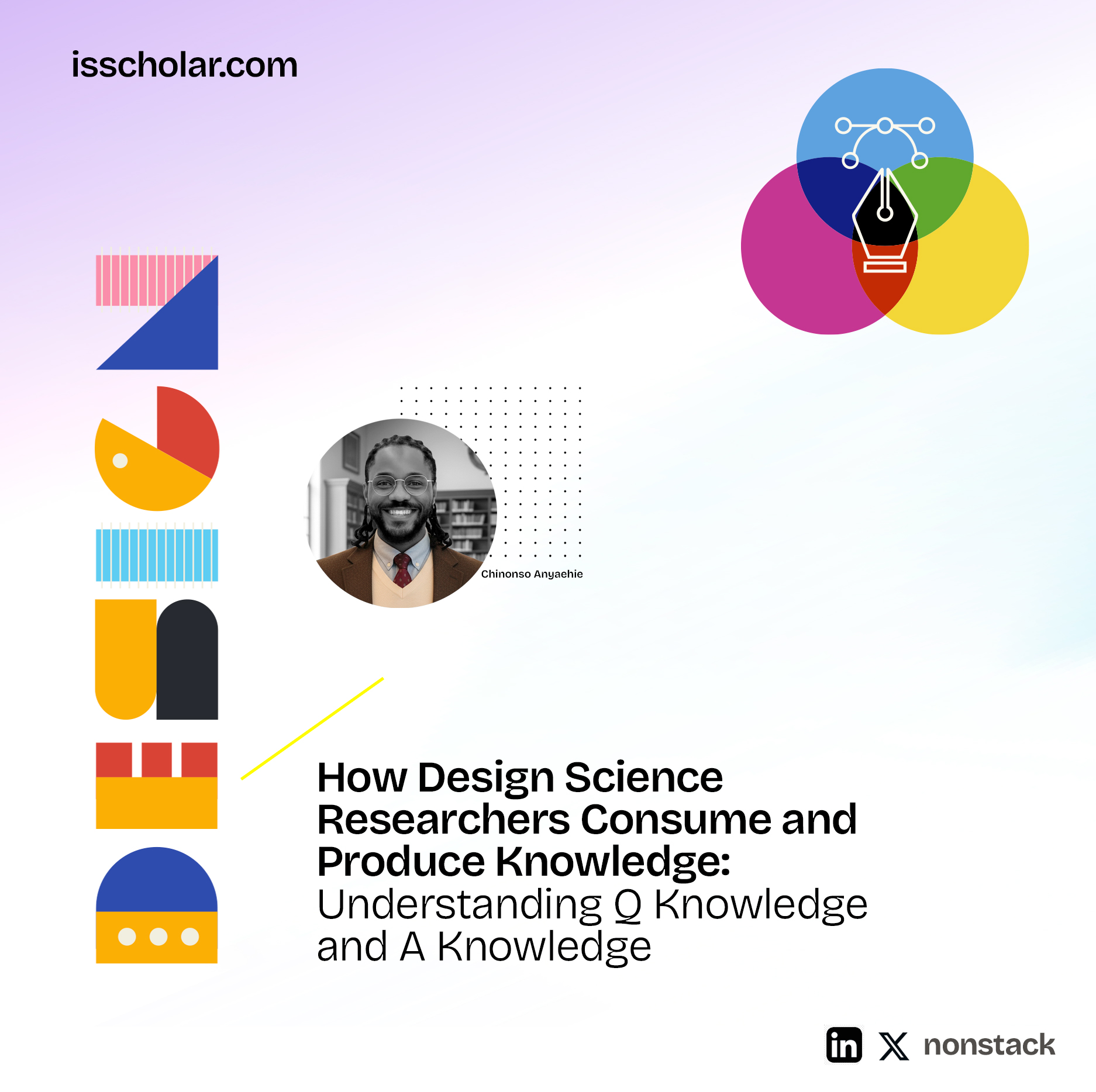
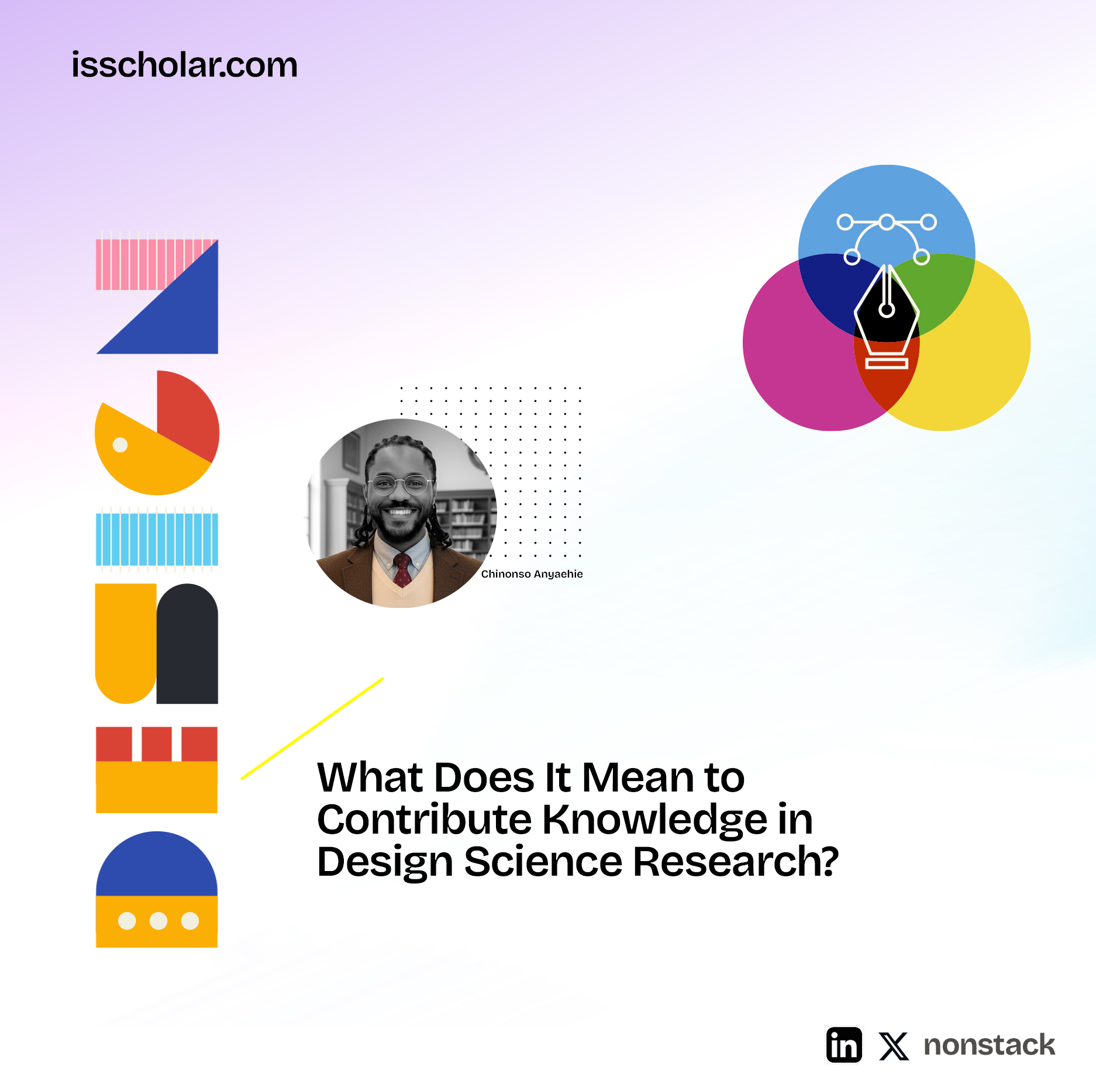


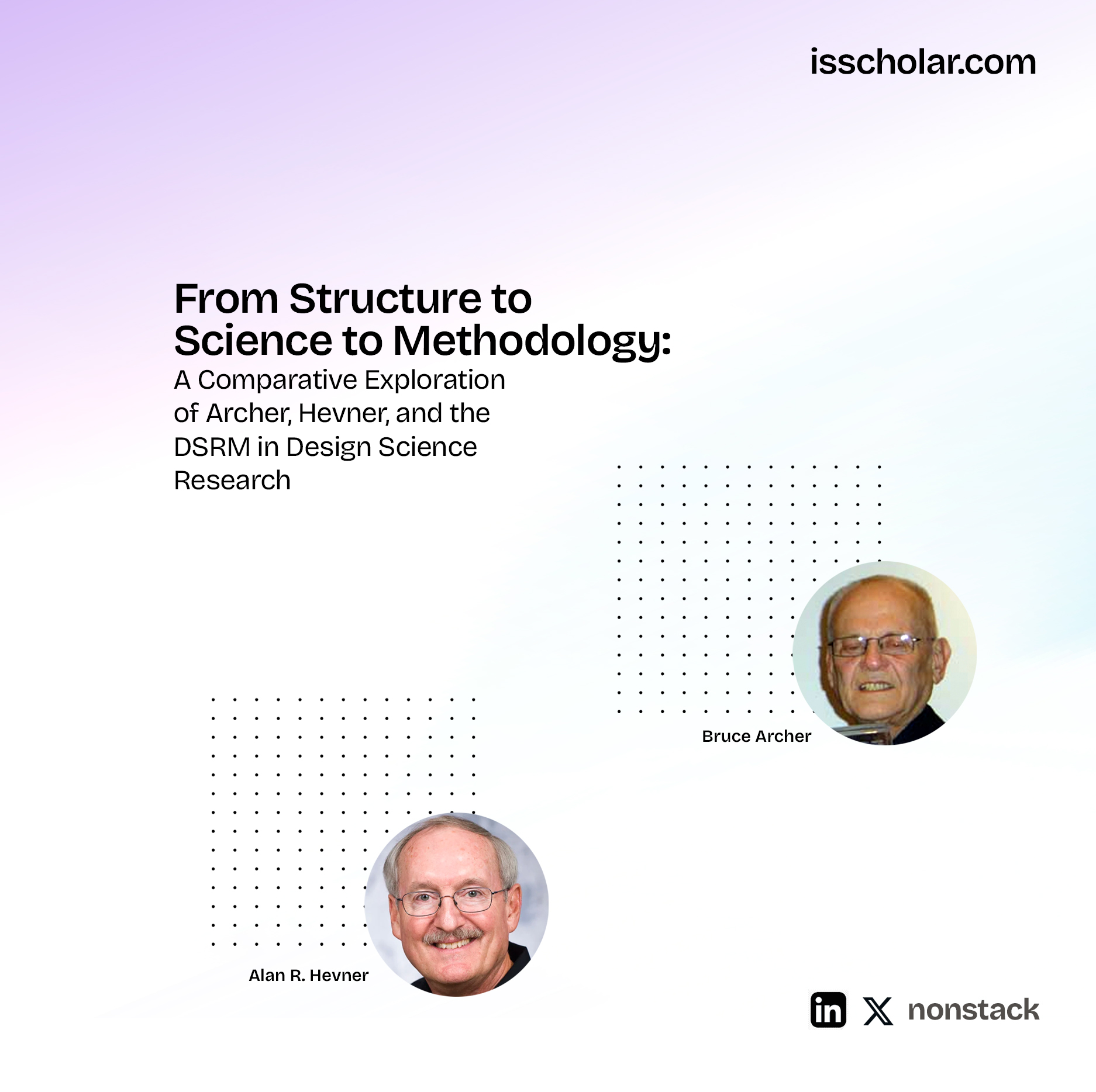
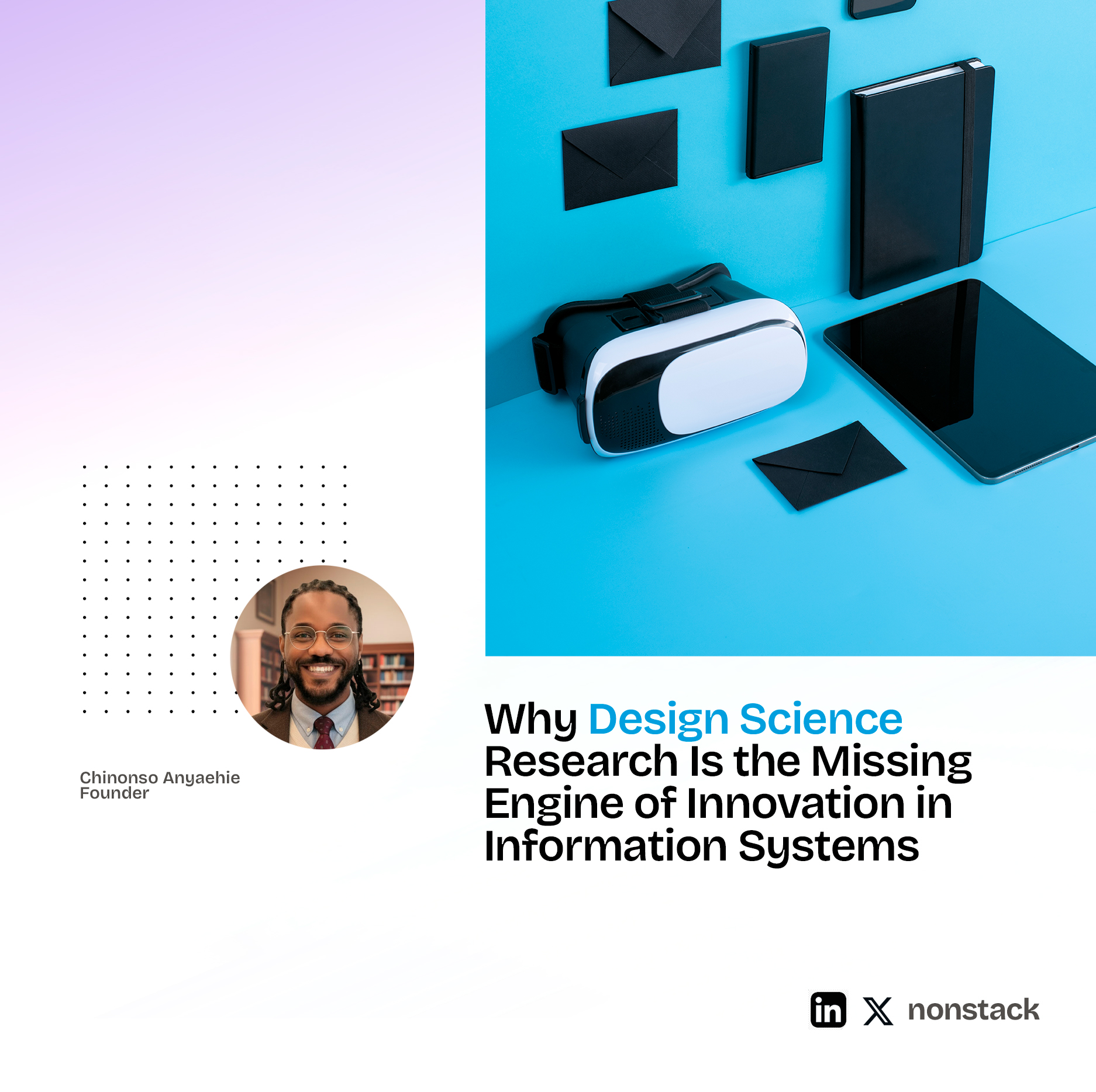


Leave a Reply